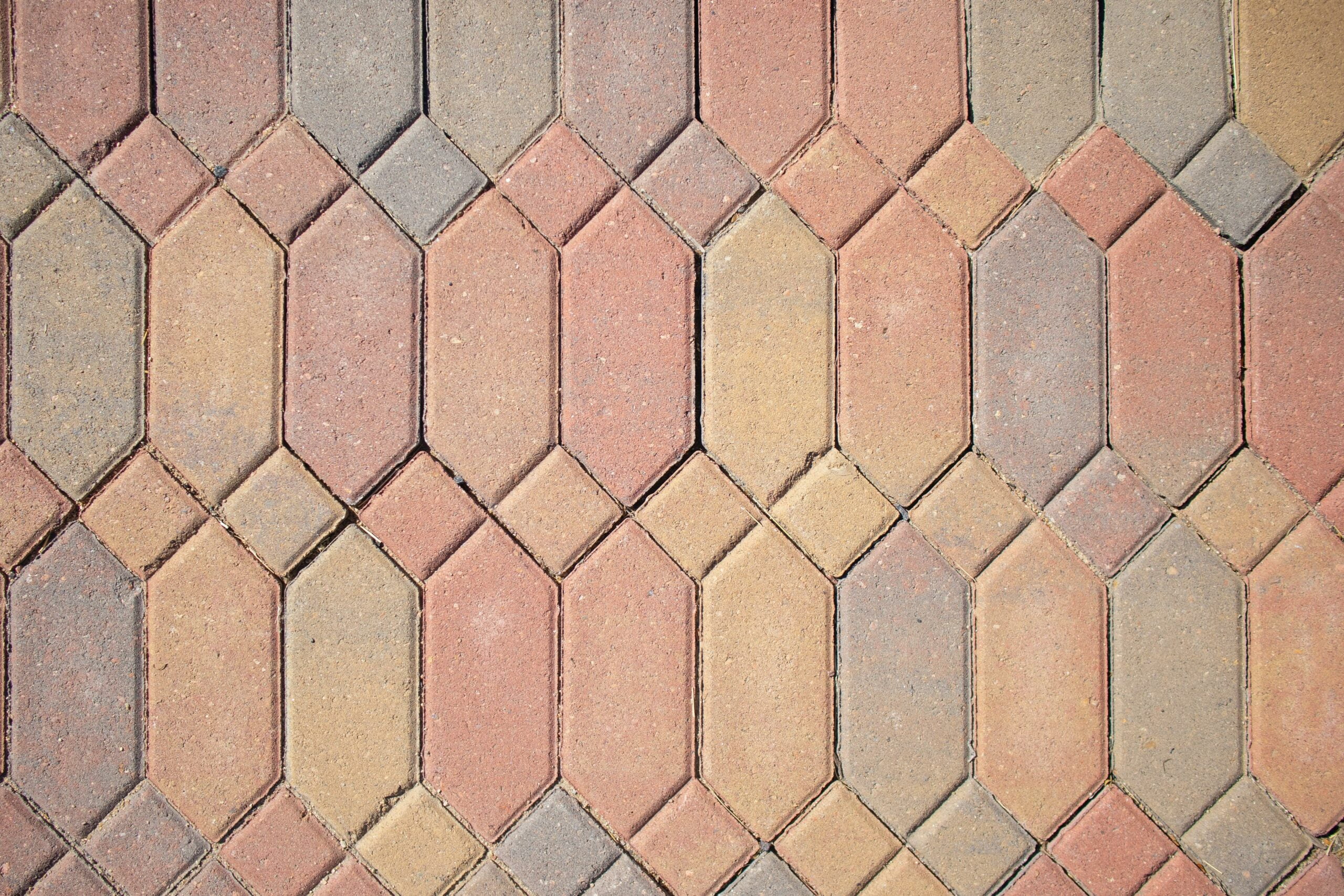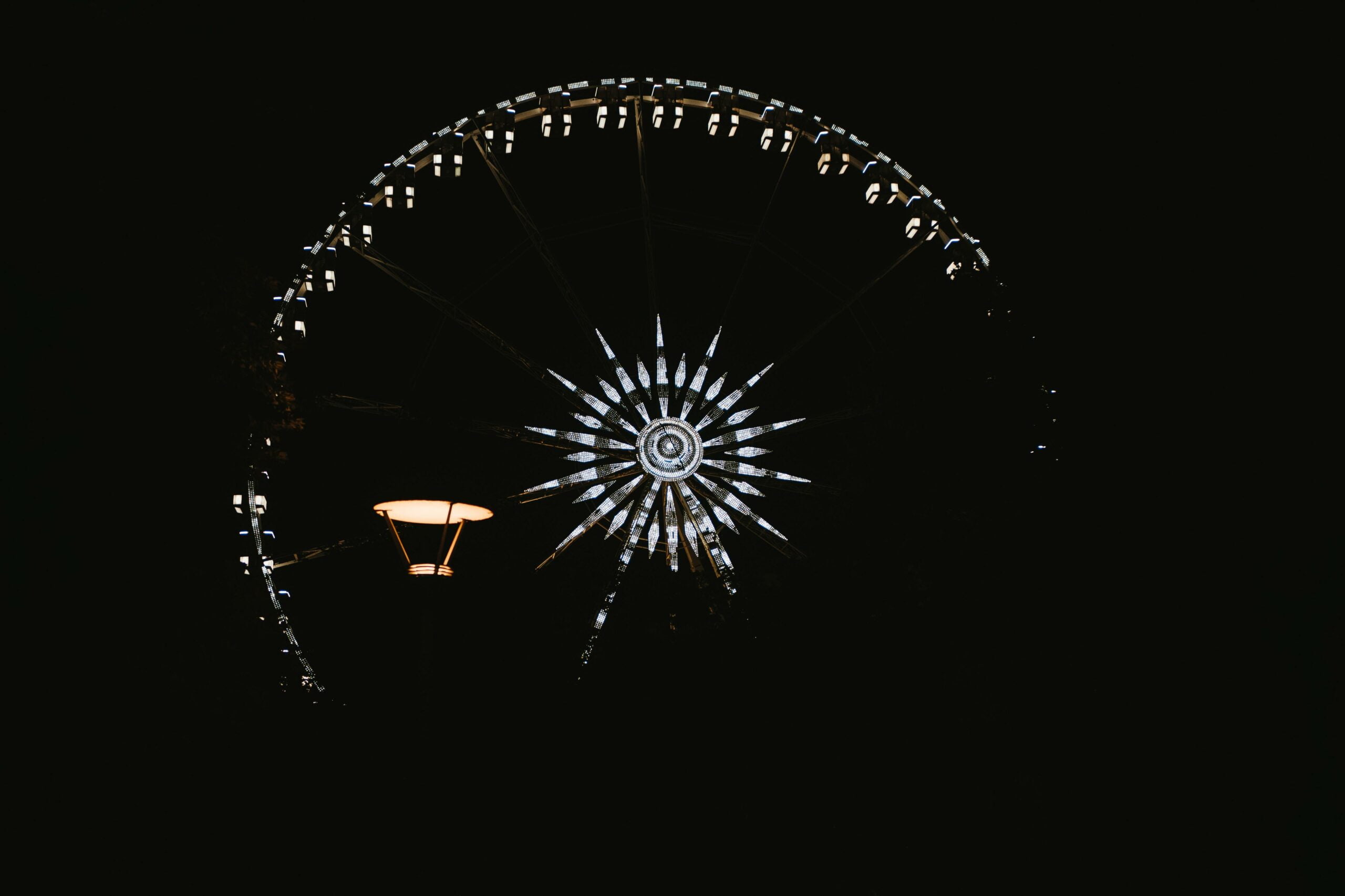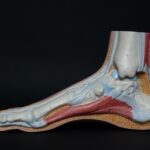Welcome to an article that will take you on a captivating journey into the depths of the human body, uncovering its hidden wonders and remarkable structures. Brace yourself as we delve into the realm of anatomy and physiology, with a particular focus on a mighty tendon that plays a crucial role in our ability to move and conquer physical challenges. Get ready to unravel the mysteries surrounding the largest tendon in the human body – the Achilles tendon. Prepare to be amazed as we explore its function, its impact on movement, and the common injuries that can hinder its formidable strength. This article is your key to unlocking the secrets of this remarkable tendon, so let’s plunge into the captivating world of the Achilles tendon together.

Largest Tendon In Human Body
When it comes to our bodies, there’s a fascinating network of muscles, bones, and tendons working together to allow us to move. Among these essential components is the Achilles tendon, the largest and strongest tendon in the human body. This mighty tendon is responsible for connecting our calf muscles to the heel bone, enabling us to stand on our toes when walking, running, or jumping.
The Function and Importance of the Achilles Tendon
Picture the Achilles tendon as a powerful spring that stores and releases energy with each step we take. As we push off the ground, this remarkable tendon absorbs the force generated by our calf muscles and transfers it to the foot, propelling us forward. Without the Achilles tendon, activities like sprinting or dancing on tiptoes would be impossible.
“The Achilles tendon acts as a bridge between our powerful calf muscles and the bones of our feet, allowing us to harness their strength and carry out dynamic movements.”
Common Injuries and Recovery from Achilles Tendon Damage
While tendons like the Achilles are highly resistant to tearing due to their unique structure, they can still fall victim to injury. In some cases, the Achilles tendon can become strained or even rupture, causing pain and hindering our mobility. These injuries often occur during activities that involve running and jumping, where the tendon can experience excessive stress.
“Tendon injuries can be quite debilitating and require proper care and attention to heal effectively.”
Injury to the Achilles tendon can lead to significant downtime, as the healing process can be lengthy. Patience becomes key as the body repairs the damage, and it’s essential to follow a rehabilitation program prescribed by a healthcare professional. Gradually reintroducing physical activity and strengthening exercises can help restore the tendon’s function and prevent future injuries.
“Rehabilitation from an Achilles tendon injury often requires a structured approach that includes exercises, stretching, and gradual progression of intensity.”
Taking Care of Your Tendons
Although the Achilles tendon is the largest and most well-known, it’s important to remember that tendons throughout our bodies are vital for everyday movements. As we age, tendons naturally become thinner and accumulate microscopic damage, making them more prone to injury. Proper care and preventive measures can go a long way in preserving tendon health.
“As with any part of our body, taking care of our tendons should be a priority. Incorporating strategies to support tendon health can help us avoid unnecessary injuries.”
To minimize the risk of tendon problems, it’s crucial to warm up before any physical activity. Engaging in exercises that specifically target the muscles and tendons involved in your chosen activity can help prevent strain. Listening to your body, knowing your limits, and gradually increasing the intensity of your workouts are also important factors in safeguarding your tendons.
“By adopting healthy habits such as warming up, gradually increasing intensity, and listening to our bodies, we can support the long-term health of our tendons.”
In conclusion, the Achilles tendon takes center stage as the largest tendon in the human body, connecting our calf muscles to the heel bone. It plays a pivotal role in our ability to move and perform activities that require power, balance, and agility. While injuries to this essential tendon can be challenging to overcome, with appropriate care and rehabilitation, recovery is possible. By prioritizing tendon health and implementing preventive measures, we can continue to move with strength and grace, giving our tendons the care they deserve.
“The Achilles tendon, our body’s largest and mightiest tendon, is the key to our movements, offering strength, stability, and the power to propel us forward. Let’s honor and care for it to ensure a lifetime of remarkable motion.”
Tendons are fascinating structures that play a crucial role in our bodies. If you’ve ever wondered what makes tendons so unique, you’re in luck! We’ve compiled a list of intriguing facts about tendons that will leave you amazed. From their incredible strength to their ability to withstand immense pressure, tendons are truly remarkable. Are you ready to dive into the world of tendons? Click here to explore the mind-boggling facts about tendons: facts about tendons.
Largest Tendon In Human Body
The human body is an intricate masterpiece, with a multitude of fascinating elements that work in unison. One such remarkable feature is the largest tendon in the human body. This tendon, known as the Achilles tendon, plays a vital role in our ability to walk, run, and jump. It connects the calf muscles to the heel bone, providing the necessary support for these dynamic movements.
If you’ve ever wondered about the significance of tendons in the human body, look no further. Our tendons are like elastic bands, stretched and flexed with each movement, allowing us to perform incredible feats. And when it comes to the largest tendon, the Achilles tendon takes the spotlight. You won’t believe the impact it has on our day-to-day activities!
Discover the wonders of the human body’s largest tendon by clicking here: human body largest tendon. Unfold the secrets that lie behind this remarkable anatomical structure and gain a deeper understanding of the power within.
Tendons play a significant role throughout our body, connecting muscles to bones and enabling fluid motion. If you’re curious to explore more about tendons and their function, don’t miss the opportunity to delve into the world of tendons in the human body. Click here to uncover fascinating insights: tendon in human body. As you embark on this exhilarating journey, prepare to be amazed by the intricate workings of our awe-inspiring physical vessel.
The human body is a marvel, and the largest tendon within it showcases the remarkable feats we can achieve. Join us on this captivating exploration and indulge in the awe-inspiring wonders that await.
Repairing a Torn Achilles Tendon: An Essential Guide
[youtube v=”PlnfWk2hmQc”]
Achilles Tendon Repair – An In-Depth Look at the Procedure
The Achilles tendon, known as the largest and strongest tendon in the human body, plays a crucial role in maintaining mobility and enabling activities like walking, running, and jumping[^1^]. Acting as a spring, it stores and releases energy with every step we take[^2^]. However, injuries to the Achilles tendon can occur during activities involving running and jumping, causing significant pain and hindering our ability to move[^3^].
When a torn Achilles tendon requires repair, a surgical procedure is often necessary. This article will provide an overview of the surgical technique demonstrated in a video reference, involving the use of threads anchored to the calcaneus, or heel bone.
The Achilles Tendon Repair Procedure
To repair the torn Achilles tendon, the first step involves making an incision through the skin above the tear, allowing access to the damaged filaments of the tendon[^4^]. Once the incision is made, the surgeon gains access to the superior part of the damaged tendon and tightens it using forceps[^5^]. Threads are then passed through the body of the tendon and collected through the incision[^6^].
Next, holes are drilled in the calcaneus, the threads are passed through the substance of the inferior part of the torn tendon, and finally, they are anchored into the calcaneus using screws[^7^]. This surgical technique ensures proper alignment and stability, leading to a successful repair of the Achilles tendon.
Promoting Achilles Tendon Health and Preventing Injuries
While the surgical repair of a torn Achilles tendon is a crucial step in the healing process, it is important to prioritize tendon health and implement preventive measures to avoid unnecessary injuries[^8^]. Incorporating proper care into our daily routines can preserve tendon health and help us continue to move with strength and grace[^9^].
Some key preventative measures include warming up before physical activity, engaging in exercises that target the muscles and tendons involved, and listening to our bodies[^10^]. Gradually increasing the intensity of exercises and activities also safeguards tendons from strain or injury[^11^]. By taking these steps, we can preserve overall tendon health and avoid the lengthy recovery process often associated with Achilles tendon damage[^5^].
Takeaway Message
In conclusion, the repair of a torn Achilles tendon is a specialized surgical procedure that can effectively restore mobility and alleviate pain. By focusing on preventive measures and proper care, we can protect the Achilles tendon and minimize the risk of injuries in the first place[^12^]. Let’s prioritize the health of our tendons, maintain an active lifestyle, and ensure we give our tendons the care they deserve[^3^].
“Proper care and preventive measures can help preserve tendon health and avoid unnecessary injuries.”
FAQ
Q: What is the Achilles tendon?
A: The Achilles tendon is the largest and strongest tendon in the body. It connects the calf muscles to the heel bone, allowing us to stand on our toes when walking, running, or jumping.
Q: How does the Achilles tendon function in movement?
A: The Achilles tendon plays a crucial role in facilitating movement. It allows the calf muscles to contract, pulling on the heel bone and enabling us to push off the ground with force during activities such as walking, running, and jumping.
Q: What are common injuries associated with the Achilles tendon?
A: The Achilles tendon is susceptible to injury, particularly from running and jumping activities. It can become strained or torn, resulting in conditions such as Achilles tendinitis or Achilles tendon rupture. Injuries to the Achilles tendon may take a long time to heal and require proper treatment.
Q: How can tendon issues be diagnosed?
A: Tendon problems, including those affecting the Achilles tendon, can be diagnosed through physical examinations and various tests. These may include imaging studies such as ultrasound or MRI scans, as well as specific assessments to evaluate strength, flexibility, and range of motion.
Q: What are the treatment options for tendon problems?
A: Treatment for tendon problems, including those affecting the Achilles tendon, depends on the specific condition and severity. It may involve rest, ice, compression, and elevation (RICE), along with other conservative measures such as physical therapy, nonsteroidal anti-inflammatory drugs (NSAIDs), and orthotic devices. In severe cases, surgical intervention may be necessary.












